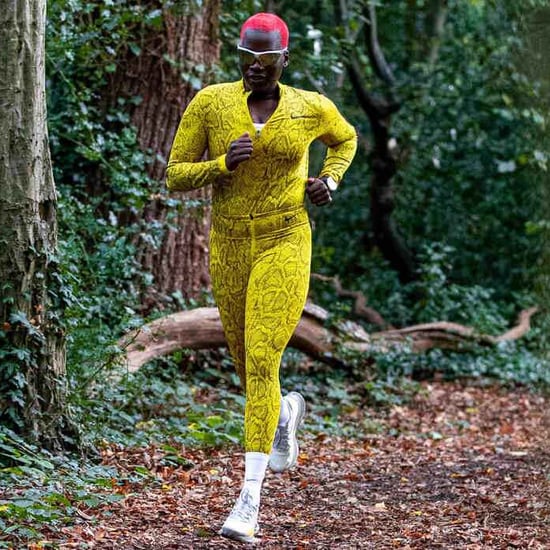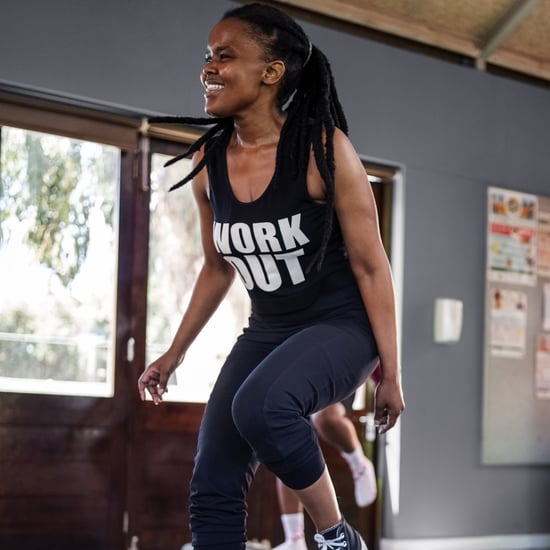Treadmill Tips From a Running Coach
You've Probably Been Running Too Close to the Front of the Treadmill This Whole Time
Running on a treadmill is a great way to stay active when the cold winter weather forces you indoors. To make the most out of your running workout, though, there are a few things you should keep in mind. Ben Lauder-Dykes, a NASM-certified trainer at Fhitting Room and Running Mechanics Performance Coach L2, took to Instagram to share his tips for a successful treadmill session. Some of them may seem surprisingly simple, but they make a major difference.
For example, you should be careful not to run too close to the front of the treadmill. In his Instagram caption, Lauder-Dykes advised that you should be able to clearly see your feet when you look down, meaning they are not obscured by the console.
"Imagine you were running outside and then someone stepped in front of you," he told POPSUGAR. "If you just tried to stop your feet, you would probably still fall into that person because you have some forward momentum, so it wouldn't work. To safely decelerate and stop, you would have to shorten your stride to take smaller steps and lower your hips to be able to slow down."
When you are running too close to the front of the treadmill, that centre bar or console acts as the person suddenly stepping in front of you — you don't have enough room to take full strides and are creating inefficient running habits that inhibit acceleration, Lauder-Dykes said. Plus, without the momentum needed to minimize the time your feet spend on the floor, you are increasing the impact on your body. This, in turn, can lead to overuse injuries like plantar fasciitis, tendonitis, and ITB syndrome.
Other than that, Lauder-Dykes's suggestions include letting yourself fall back a bit on the tread and then speeding up to move forward, adding a bit of incline, and, above all, warming up.
"Often we just jump on the treadmill or lace up and go and the first part of the run feels like a struggle and then suddenly your feet feel more springy, you feel lighter and it feels much easier," Lauder-Dykes said. "This is usually the point where you are appropriately warmed up."
For some people, he said, this can take anywhere from seven to 14 minutes, and it's during that time that the body is particularly vulnerable to injury. If you don't know where to start your warmup, Lauder-Dykes recommends marches, A-skips, or leg swings.
Click here for more health and wellness stories, tips, and news.







